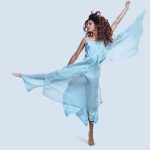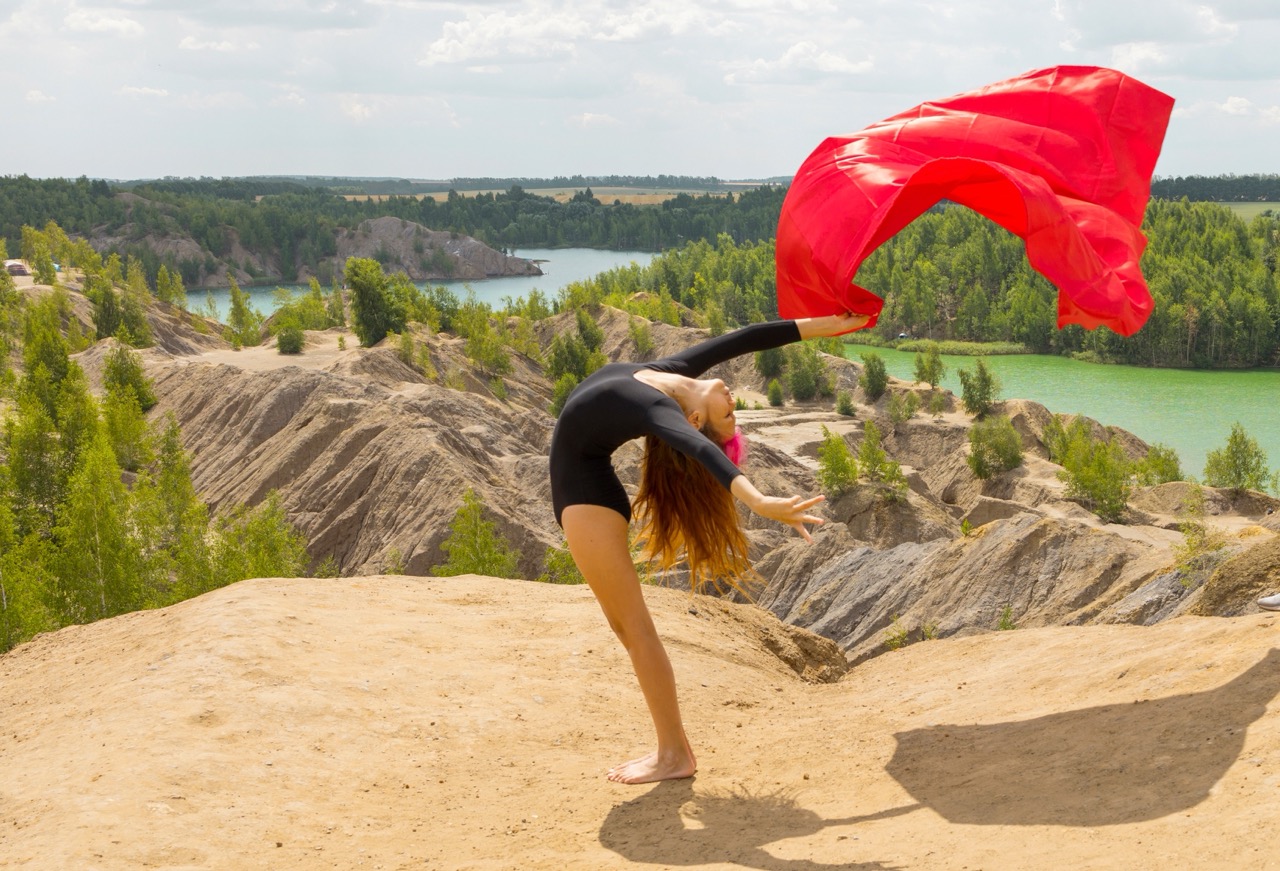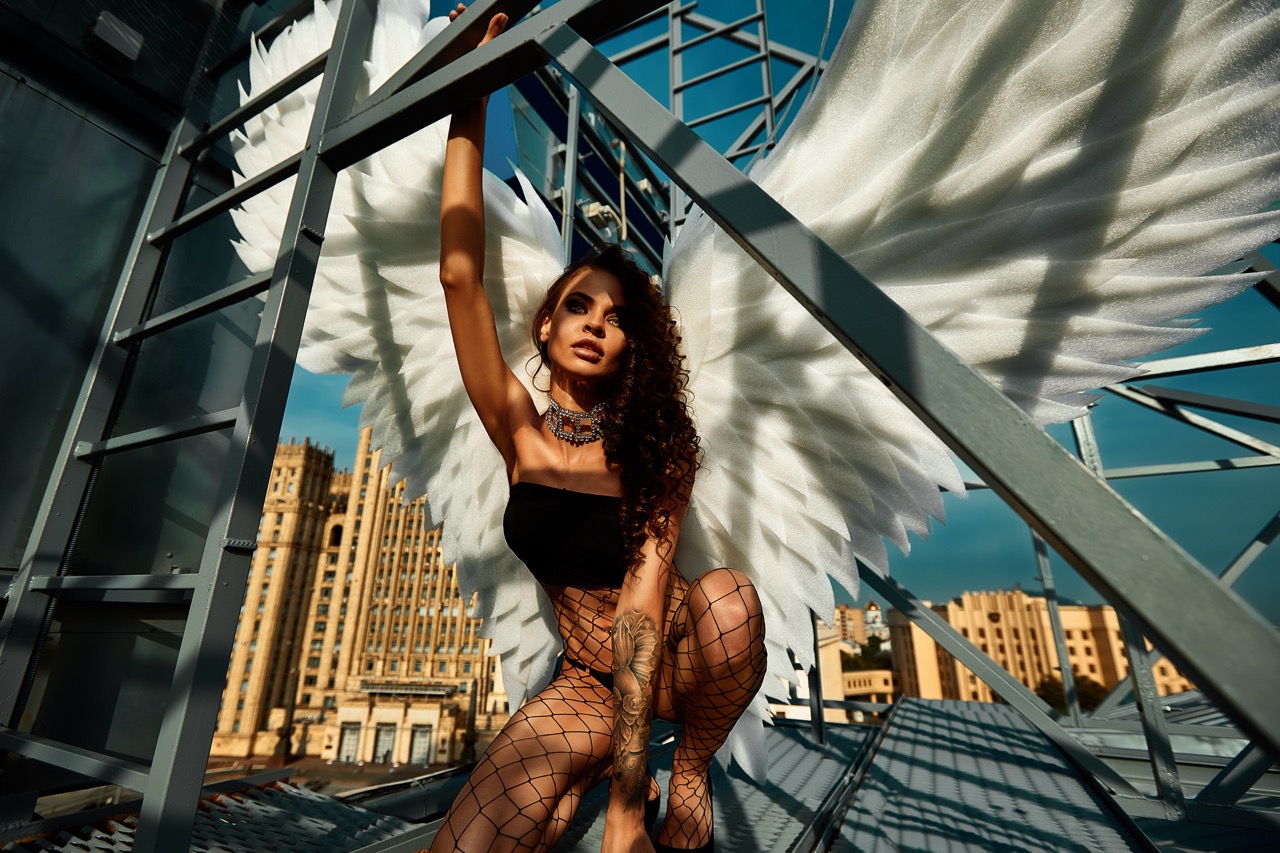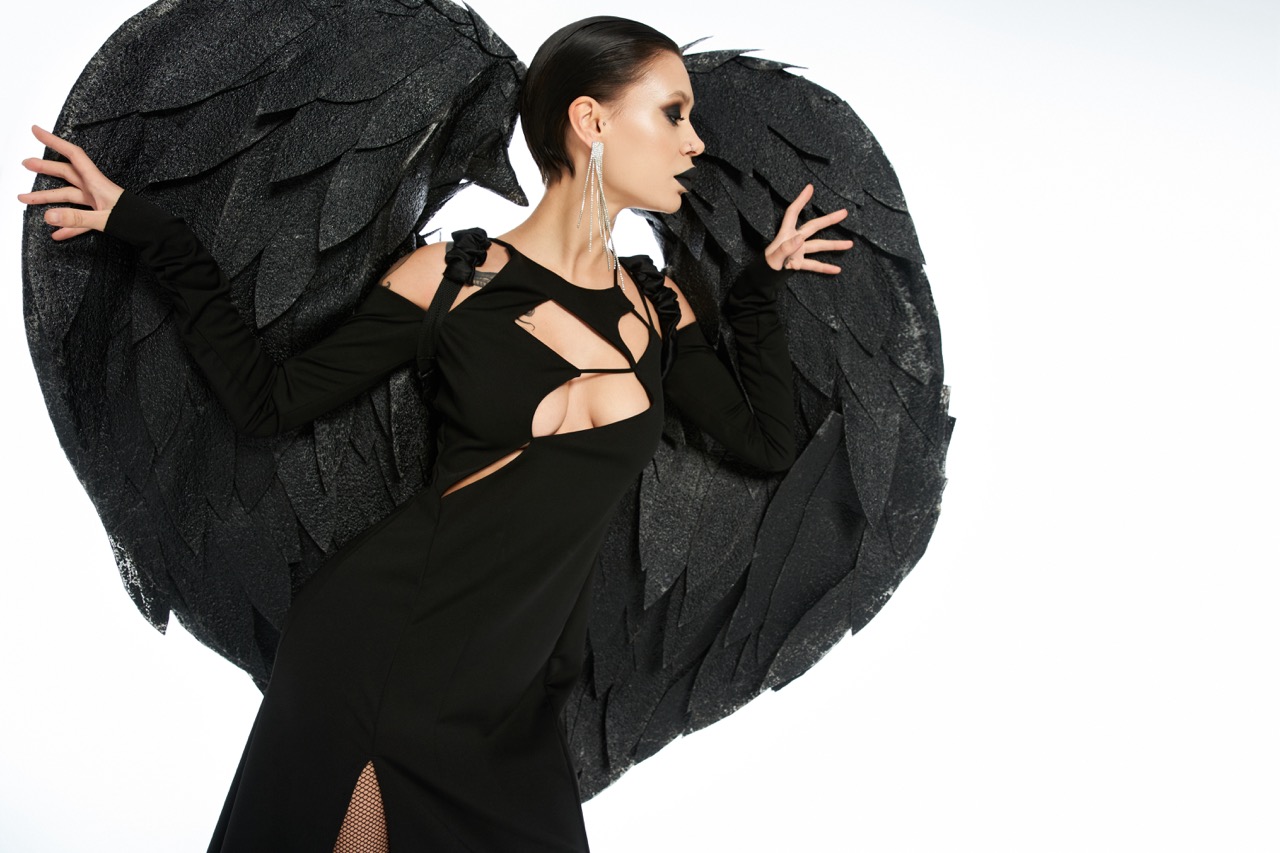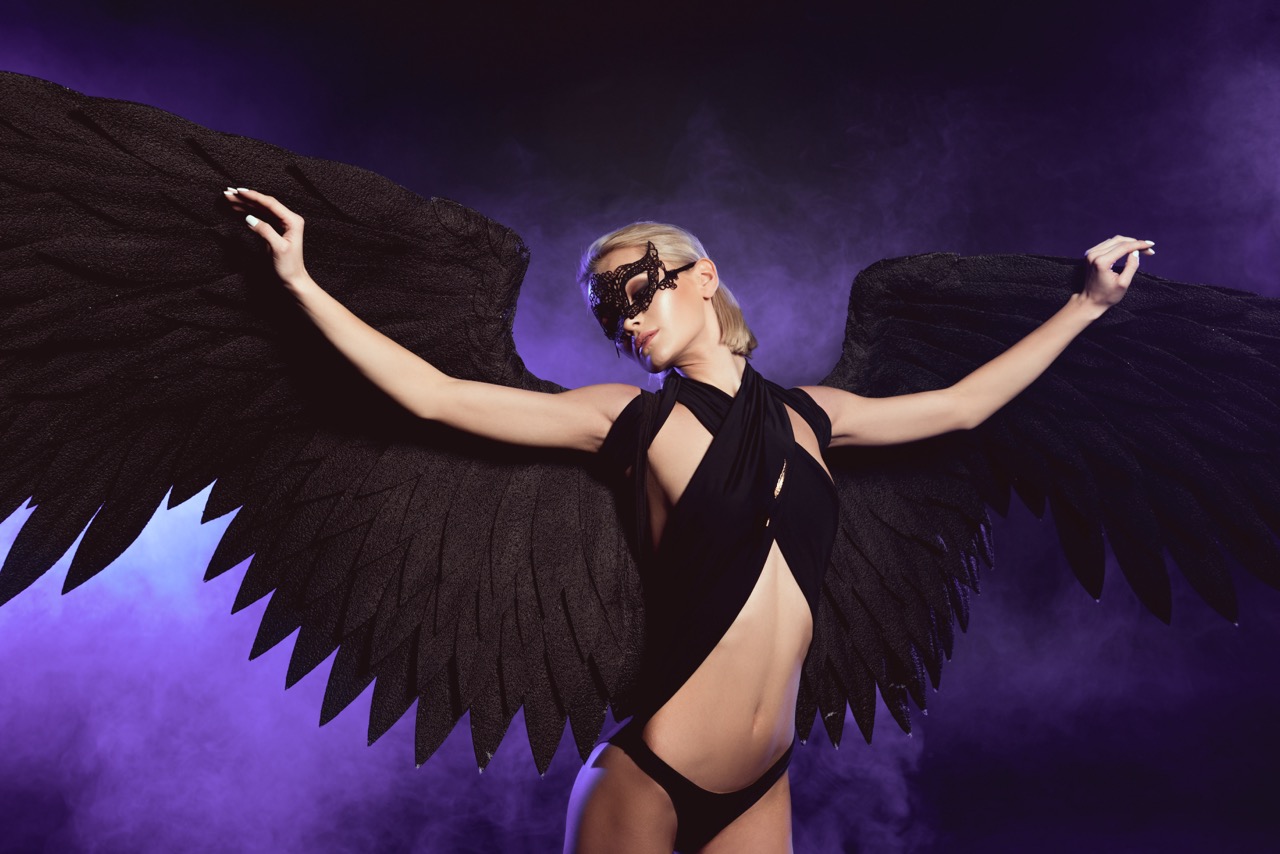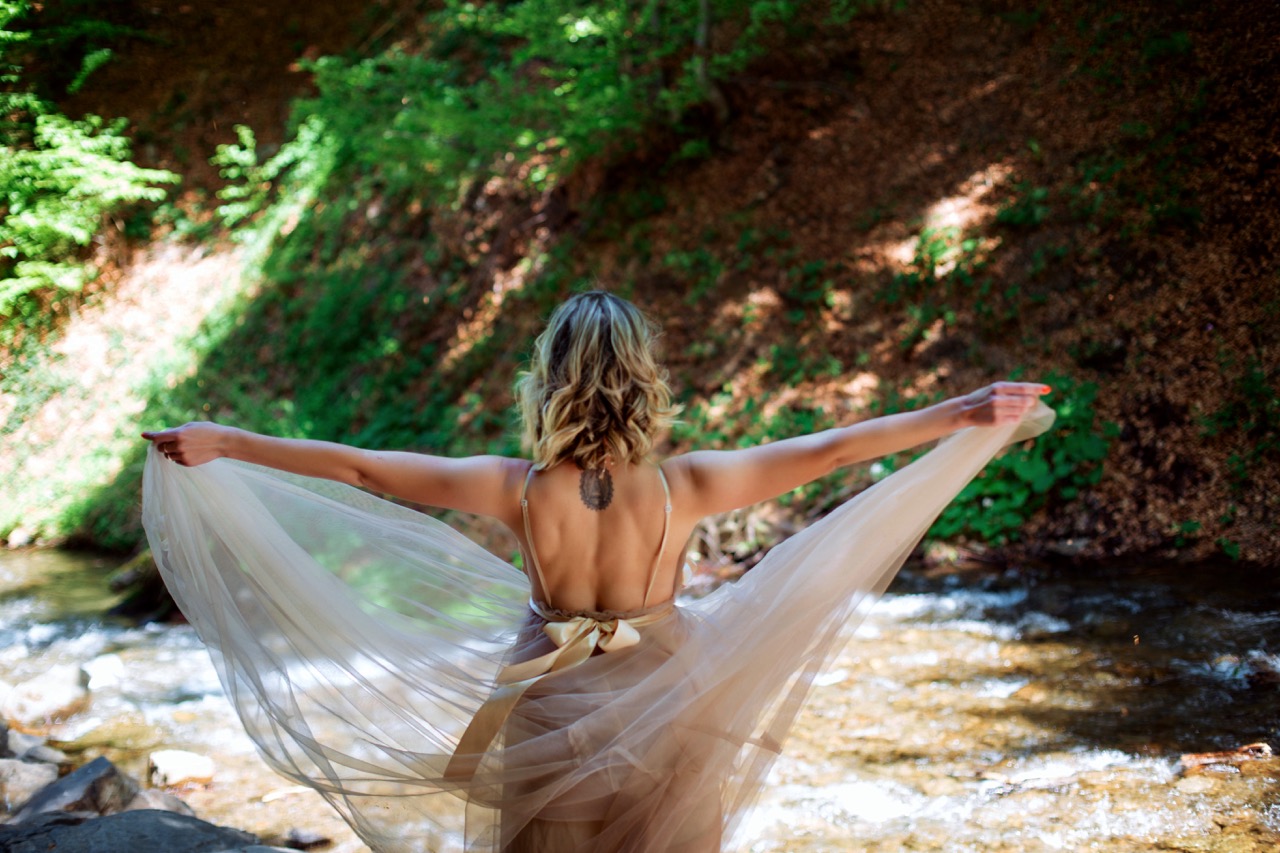In the realm of dance, movement has transcended mere physicality to become a profound language of emotion. Dancers have long sought to communicate complex feelings through their bodies, and the addition of wings—whether literal or metaphorical—opens new avenues for expression. Wings symbolize freedom, transformation, and elevation, allowing performers to delve into the depths of human experience. This article explores how wings can enhance emotional expression in dance, offering a rich vocabulary of movement, graceful conveyance of feelings, artistic techniques, and transformative power.
The Language of Wings: An Emotional Dance Vocabulary
Wings in dance serve as an evocative symbol, encapsulating a range of emotions from elation to despair. The physical presence of wings allows dancers to embody the idea of flight, embodying liberation and the yearning to rise above earthly constraints. Dancers can utilize wing-like movements—extending arms, fluttering fingers, or even fabric to mimic feathers—to evoke a sense of longing or release. Each gesture can be meticulously crafted to represent nuanced feelings, turning the dancer into a living canvas of emotional expression.
The choreography surrounding wings often draws on nature, evoking images of birds in flight. This naturalistic element provides a universal language that audiences can instinctively understand, making the emotional resonance of the performance all the more powerful. As dancers manipulate their wings, they can convey the highs and lows of human experience, such as the joy of freedom or the agony of entrapment. The versatility of wing movements allows for an expansive dialogue with the audience, creating a visceral connection that transcends spoken words.
Moreover, wings can symbolize transformation—moving from one emotional state to another, much like a caterpillar becoming a butterfly. This metamorphosis in dance can reflect personal journeys of growth, loss, or renewal. By employing wings as a narrative device, dancers can illustrate their emotional arcs, allowing viewers to engage with their stories on a deeper level. Thus, the language of wings enriches the emotional vocabulary of dance, offering new textures and layers to the art form.
Soaring with Grace: Conveying Feelings Through Movement
The fluidity of winged movements allows dancers to convey a spectrum of emotions through dynamic physical expressions. Each extension, lift, or flutter communicates nuanced feelings, creating a dialogue of movement that resonates with audiences. The gracefulness inherent in wing-like motions can evoke feelings of serenity and softness, while more abrupt or forceful movements can express turbulence or conflict. This dichotomy provides a powerful tool for dancers to explore the complexities of human emotion.
In a choreography centered around wings, the tempo and rhythm play pivotal roles in shaping emotional delivery. Slow, sweeping movements can evoke tranquility and introspection, while rapid, erratic flutters might communicate anxiety or excitement. Dancers often find themselves in a state of flow, and as they embody these movements, they become conduits for emotions that might otherwise be difficult to articulate. The synergy between music and winged movements further amplifies the emotional impact, as the melody often serves as the heartbeat of the performance.
Additionally, the visual aspect of wings can enhance the storytelling in dance. The contrast between a dancer’s grounded presence and the ethereal quality of the wings creates a striking visual metaphor for the human experience—striving for balance between the earthly and the transcendent. As dancers express their innermost feelings through winged movement, they invite the audience into a shared emotional journey, allowing viewers to connect with their own experiences of soaring and sinking, joy and sorrow.
The Art of Winged Expression: Techniques and Interpretations
To effectively harness the emotional potential of wings in dance, performers often employ a variety of techniques that enhance their expressive capabilities. One common technique is the use of fabric or props that mimic wings, allowing dancers to explore the intricacies of motion and texture. The way the fabric flows and catches the light can add a visual dimension to the emotional narrative, transforming a simple gesture into a spectacle of beauty and poignancy.
In addition, dancers often incorporate improvisation into their training, allowing spontaneous winged movements to emerge organically. This practice fosters an authentic connection to emotion, as dancers explore their responses to music, space, and audience energy. The unstructured nature of improvisation encourages performers to dig deeper into their emotional reservoirs, leading to moments of genuine expression that can be felt by the audience. The interplay between planned choreography and spontaneous movement is where the art of winged expression flourishes.
Interpretations of winged movements can also vary across cultural contexts, enriching their emotional significance. For instance, in certain traditions, wings may represent spiritual ascension or divine intervention, while in others, they may symbolize freedom from societal constraints. Dancers can draw from these varied meanings to craft performances that resonate on multiple levels, allowing for a rich tapestry of interpretations. By embracing this diversity, dancers elevate their art, using wings as a multifaceted medium to express their unique emotional landscapes.
Transformative Power: Wings as a Catalyst for Emotion
Wings have the unique ability to act as catalysts for emotional transformation within the dance narrative. As dancers embody the essence of flight, they can transcend their physical limitations, exploring themes of liberation and self-discovery. This metamorphic process not only affects the performer but also resonates with the audience, prompting emotional responses that can lead to catharsis or reflection. The act of taking flight—be it through a leap, a spin, or a graceful gesture—provides a powerful visual metaphor for the human experience of overcoming obstacles and embracing change.
Moreover, the incorporation of winged movements often invites a sense of awe and wonder, creating an emotional atmosphere that encourages viewers to contemplate their own journeys. The sheer beauty of a dancer soaring through space can evoke feelings of inspiration, prompting the audience to consider their aspirations and dreams. This shared experience transforms the performance into a communal exploration of emotion, where the boundaries between performer and spectator blur.
Ultimately, wings in dance serve not only as a means of expression but also as a conduit for transformation. They challenge both dancers and audiences to confront their emotions, encouraging a deeper understanding of the human condition. By harnessing the power of wings, dancers can transcend personal narratives, connecting with universal truths that resonate across cultures and experiences. Through the lens of wings, dance becomes a transformative force, illuminating the emotional landscapes that define our lives.
In conclusion, the incorporation of wings into dance offers an expansive canvas for emotional expression, transforming the art form into a vehicle for profound communication. From the rich vocabulary of winged movements to the graceful conveyance of feelings, the techniques employed by dancers illuminate the transformative power of this unique symbolism. As performers take flight, they invite audiences on a journey through the complexities of human emotion, forging connections that transcend words. In embracing the language of wings, dance becomes not only a form of art but a universal expression of the heart, inviting us all to soar together in the realm of shared experience.




